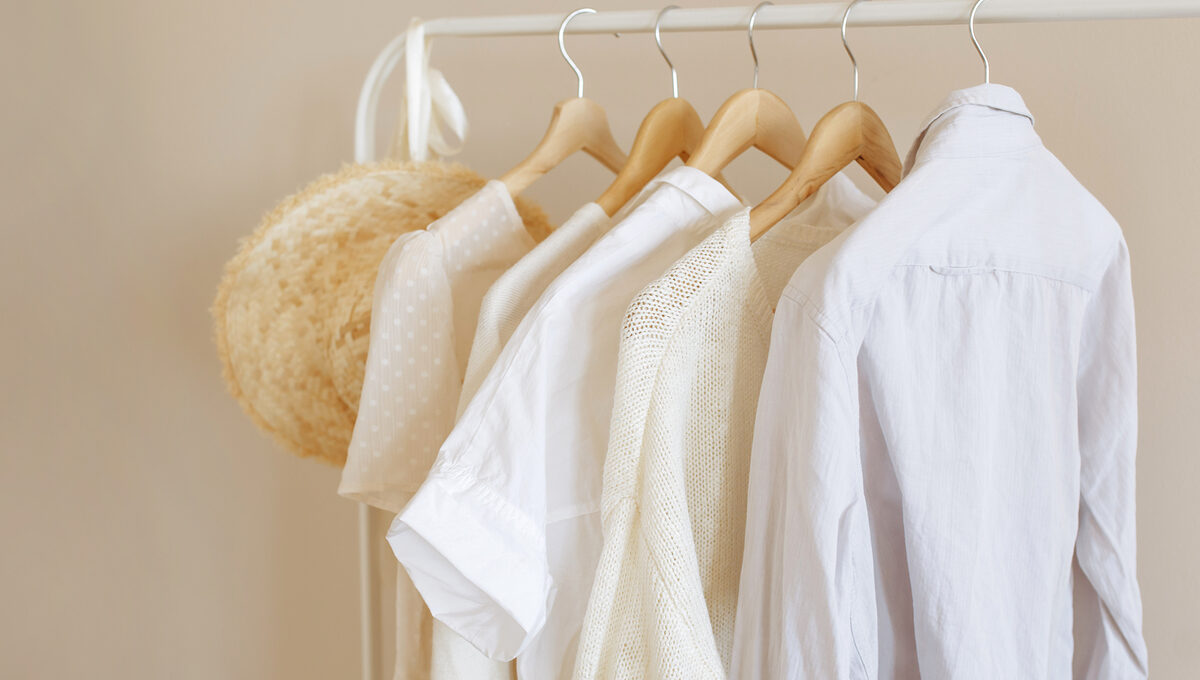Fashion is a form of self-expression, but it often comes with a price tag. Whether you’re a fashionista with a closet full of the latest trends or someone who prefers to stick to the basics, how much you spend on clothing can say a lot about your personal style and shopping habits. We decided to dive deep into this topic by conducting a reader survey to uncover spending patterns, preferences, and the factors that influence fashion budgeting.
Survey Overview
Our survey reached out to fashion enthusiasts of all types, from those who love to splurge on luxury brands to budget-conscious shoppers who find joy in thrifting. We asked questions to understand how much our readers typically spend on clothing each month, where they prefer to shop, and what influences their purchasing decisions. The results were eye-opening and offered valuable insights into fashion budgeting.
Key Findings
- Monthly Clothing Budget
Under $50: 25% of respondents
$50 – $100: 35% of respondents
$100 – $250: 20% of respondents
$250 – $500: 15% of respondents
Over $500: 5% of respondents
Analysis: A significant portion of our readers (60%) spend $100 or less per month on clothing. This suggests a trend towards mindful spending and perhaps a focus on value over volume. Those who spend more tend to invest in higher-quality pieces or designer brands. - Preferred Shopping Destinations
Online Retailers: 45% of respondents
Fast Fashion Stores: 30% of respondents
Thrift Stores: 15% of respondents
Luxury Boutiques: 10% of respondents
Analysis: Online shopping is the go-to choice for nearly half of our readers, reflecting the convenience and variety offered by e-commerce platforms. Fast fashion remains popular, but there is also a growing interest in thrift stores, indicating a shift towards sustainability. - Influences on Fashion Spending
Sales and Discounts: 50% of respondents
Social Media Trends: 25% of respondents
Personal Income: 15% of respondents
Celebrity Endorsements: 10% of respondents
Analysis: Sales and discounts are the biggest motivators for fashion purchases, showing that many shoppers are looking for the best deals. Social media trends also play a significant role, particularly among younger demographics.
Budgeting Tips Based on Survey Results
- Set a Monthly Budget
If you find yourself spending more than you’d like, consider setting a monthly clothing budget. This can help you manage your finances better and prevent impulse purchases. Start by analyzing your spending habits and determining a comfortable amount you can allocate each month. - Prioritize Quality Over Quantity
Investing in higher-quality pieces may cost more upfront, but they often last longer and look better over time. Consider focusing your budget on a few key items rather than buying lots of cheaper clothing that may wear out quickly. - Influences on Fashion Spending
Since many readers are influenced by sales, planning your purchases around discount seasons can be a great way to save. Watch for end-of-season sales, holiday discounts, and clearance events. - Embrace Thrifting
Thrift stores are a treasure trove for unique, affordable fashion finds. Not only can you score great deals, but you’ll also be contributing to a more sustainable fashion cycle. Make thrift shopping a regular part of your fashion routine to stretch your budget further. - Avoid Impulse Buys
Social media and celebrity trends can create pressure to keep up with the latest styles. Before making a purchase, take a step back and consider whether the item fits your personal style and wardrobe needs. This can help you make more thoughtful, budget-friendly choices.
Final Thoughts
Fashion budgeting is a personal journey, and there’s no one-size-fits-all approach. However, by understanding your spending habits and making intentional choices, you can look stylish without breaking the bank. Whether you’re a savvy shopper who hunts for deals or someone who prefers to invest in timeless pieces, the key is to find a balance that works for you.
We hope these insights and tips help you make more informed decisions the next time you update your wardrobe. Happy shopping!






Leave a Comment